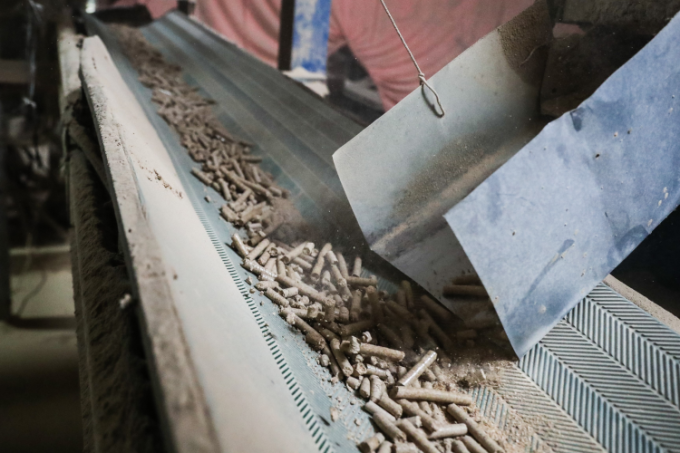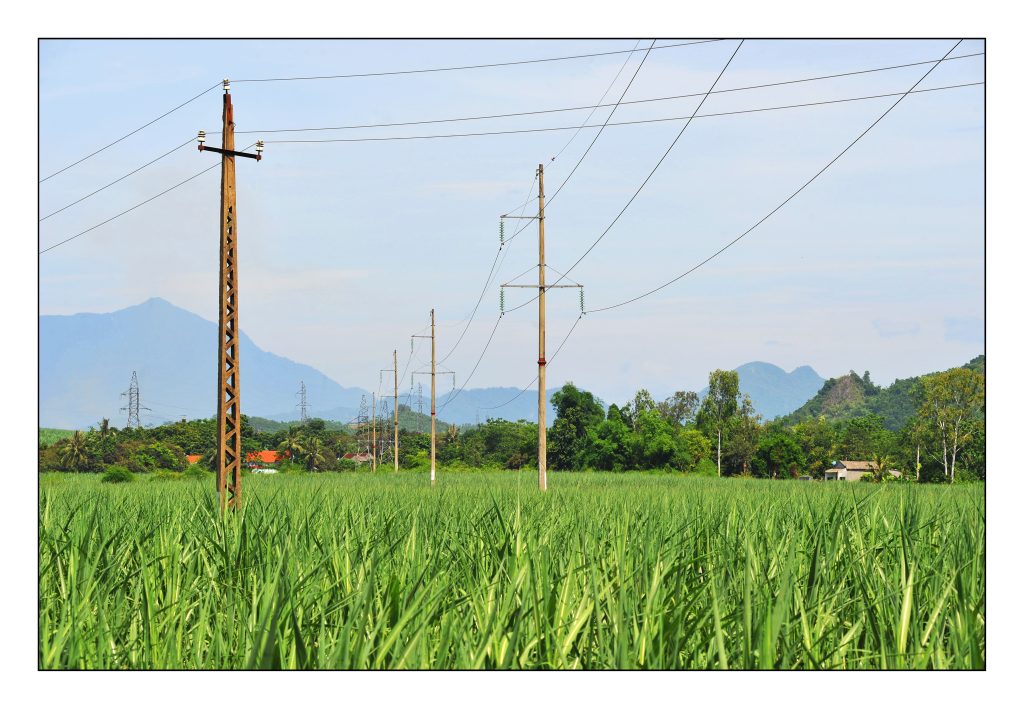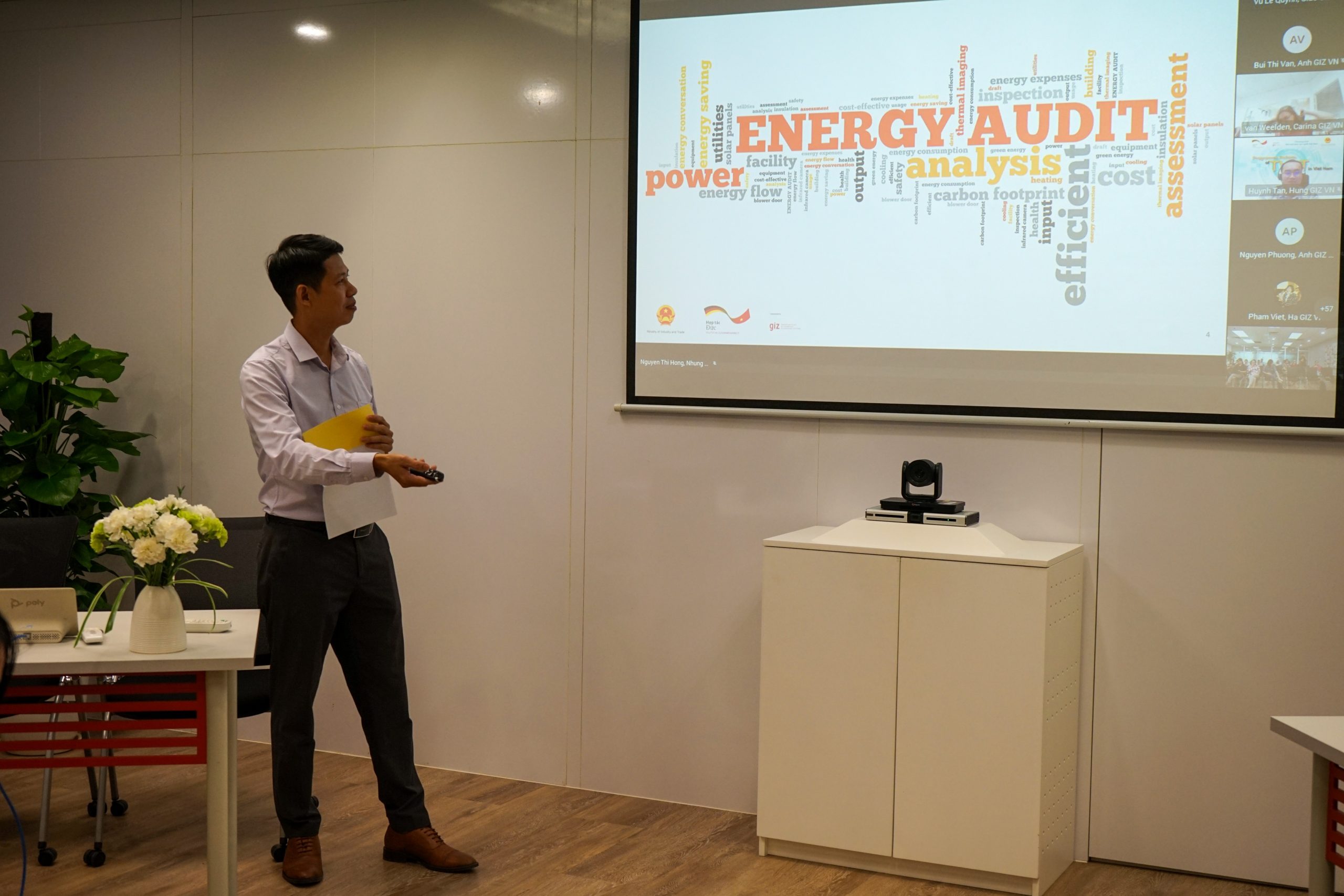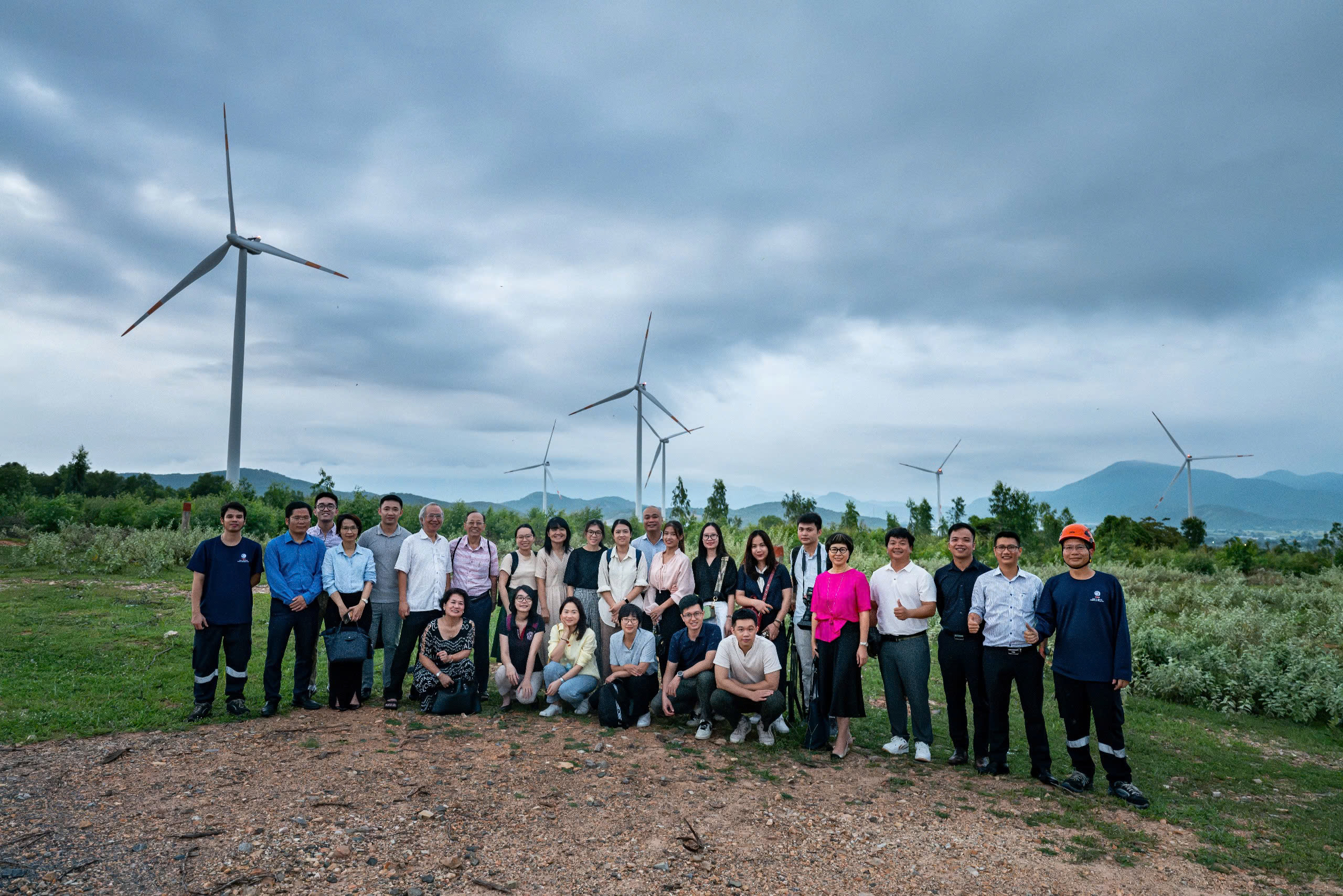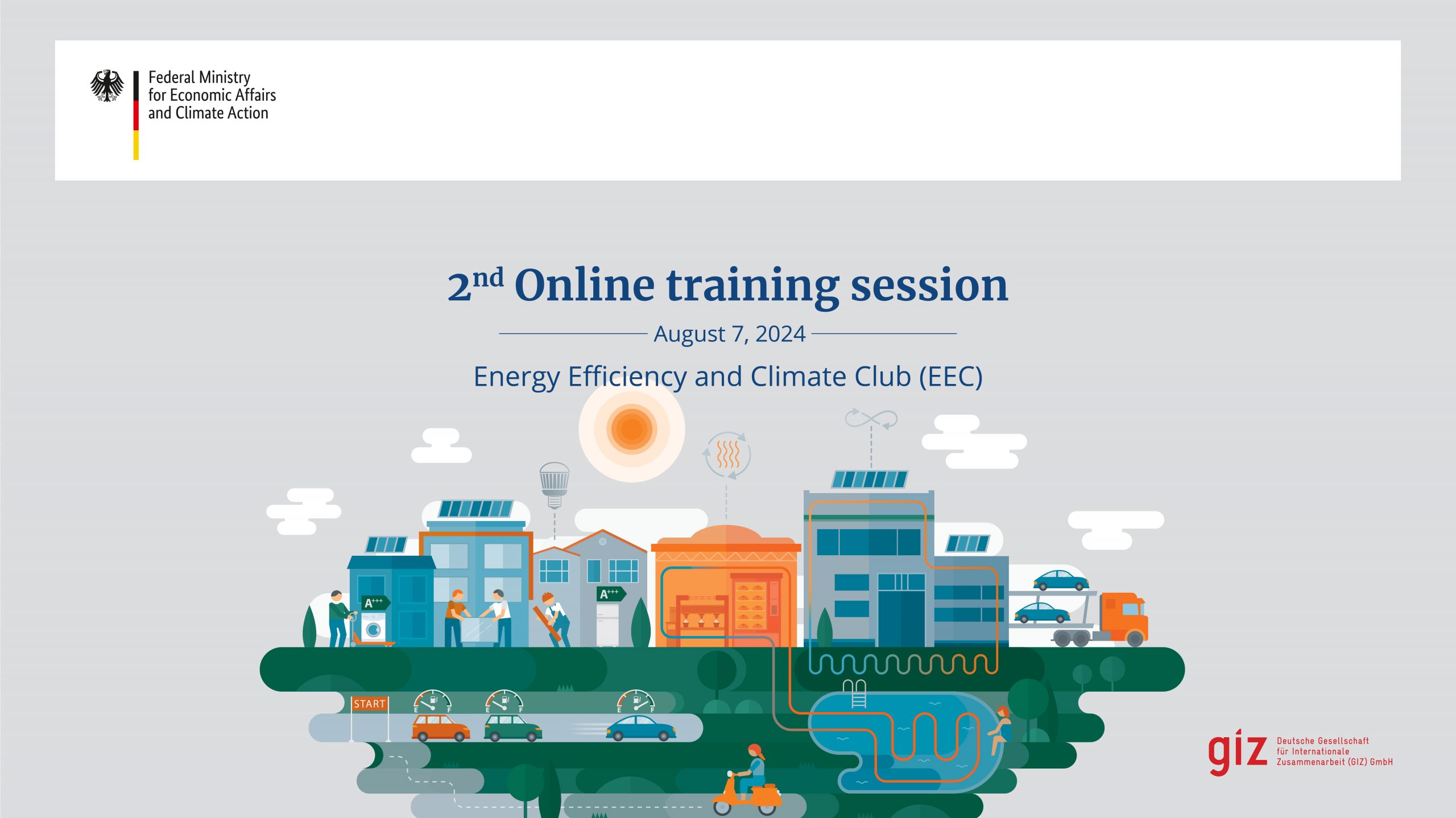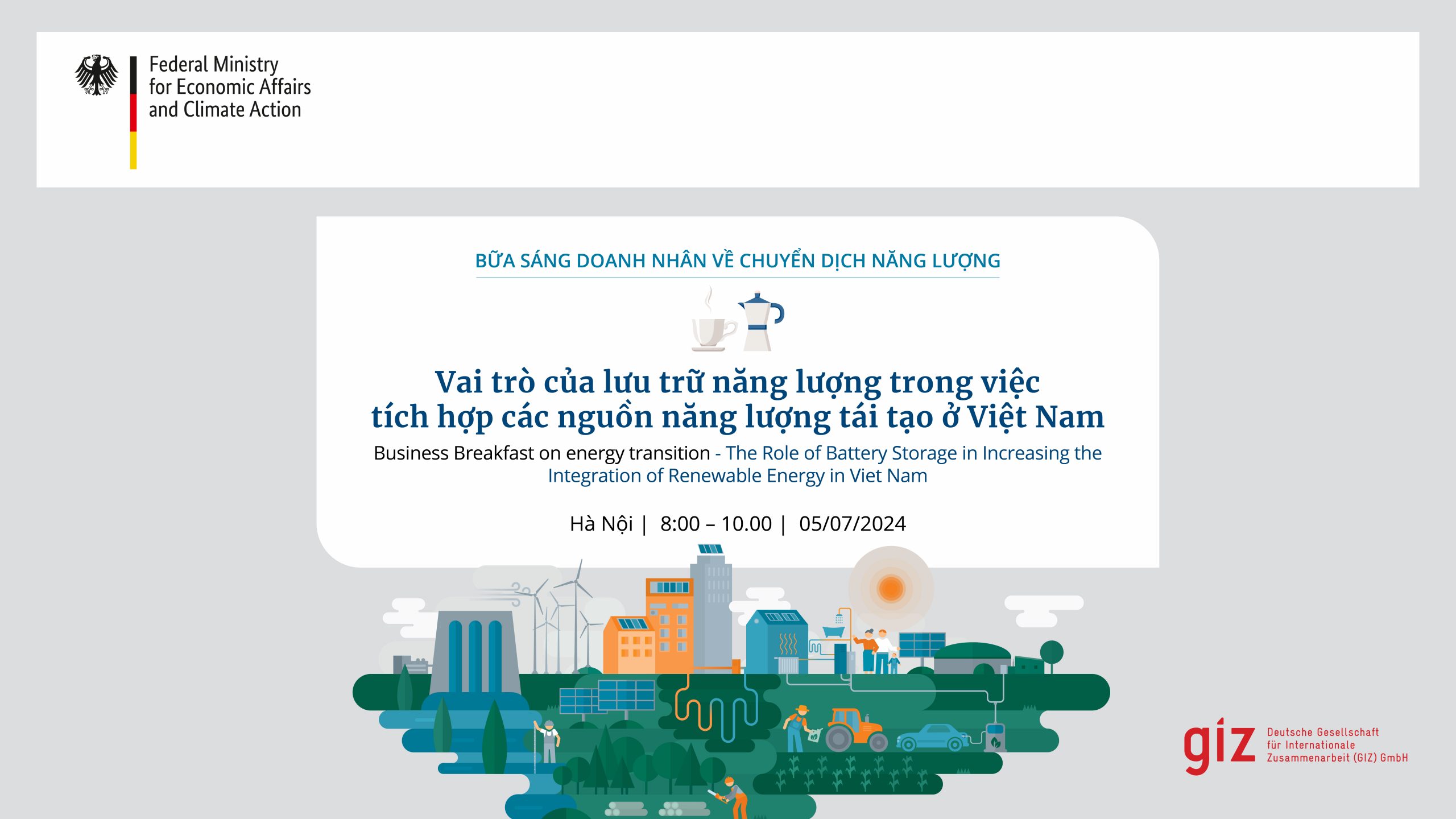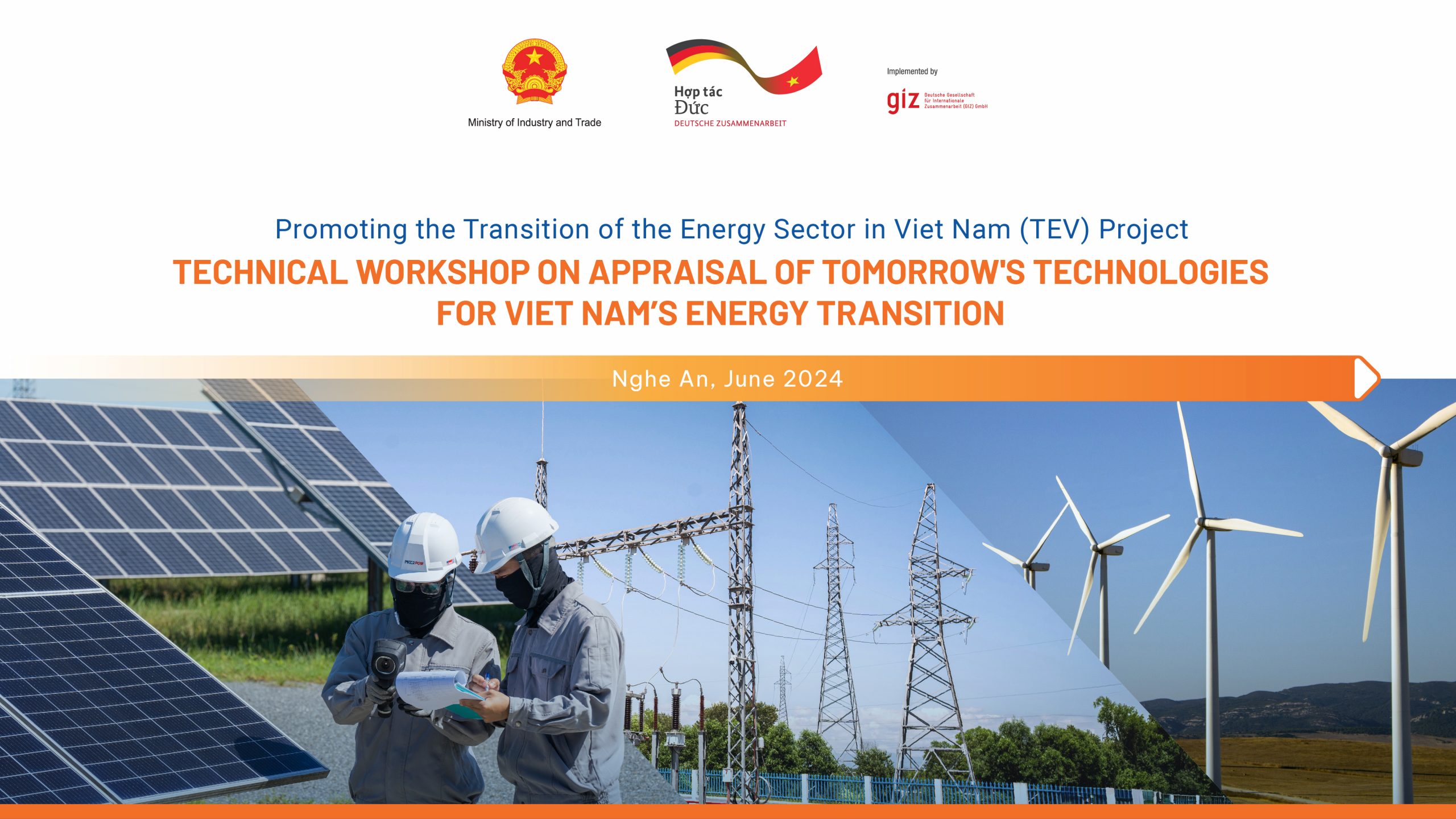Compared to conventional fuels, bioenergy offers obvious advantages because it is derived from renewable feedstock. One of the somewhat overlooked benefits of bioenergy is that it cleans the environment and makes us healthier.
When burning fossil fuel, ‘new’ carbon is released into the atmosphere. (Well, it’s not really new but the earth had it locked up in the ground for millions of years, and she probably had her reasons for that.) Burning biomass and biogas, however, only releases the carbon that had already been there when, let’s say, plants absorbed it. This is called the ‘biogenic carbon cycle’.
Not only do biomass and biogas count as a carbon-neutral sources of energy, converting them to bioenergy also saves us the greenhouse gas (GHG) emissions associated with outdated ways of disposing of bio-waste (like open burning in the field or forest or methane emissions from wastewater ponds). As an added bonus, converting biomass and biogas to energy leaves us with high quality organic fertilizers any farmer can only dream of.
For biogas as fuel, almost zero GHG emissions are added to the air. And let’s not forget that overflowing livestock waste not only emits pungent, unbearable smells but also damages water sources as their toxic substances seep underground, harming ecosystems and negatively impacting human health.
To sum it up, as long forestry and agricultural residues or livestock wastes are used as feedstocks for sustainable bioenergy power plants, we can decrease pollution of the air and water. This will make our environment cleaner and us
References/Ngu?n tham kh?o:





